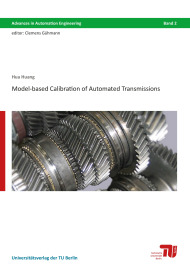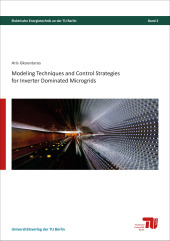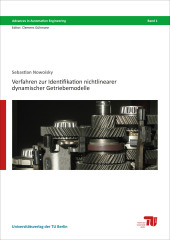Model-based calibration of automated transmissions

Format: 17,0 x 24,0 cm
Publishing year: 2016
With continuous restrictions on emission standards and demands for higher driving comfort, the calibration of shift quality is linked deeply and widely to automated transmission control algorithms. This calibration process is typically implemented with real vehicles on the road under poorly reproducible conditions, where the calibration engineer has no other choice but to try different control parameters till the subjective assessment on the shift quality meets certain requirements, such as shifting comfort or sportiness. Compared with today’s multiplying number of variants in vehicle-engine-transmission combinations and exponential growth of control parameters, this traditional method is backward and costly. An efficient way to rise to the challenge is the model-based automatic calibration. In contrast to the conventional shift quality calibration, this novel method uses a closed loop approach based on a dynamic model instead of human know-how. A shift quality correlated position trajectory is proposed. Compared to the traditional control parameter adjustment method, the guided trajectory has a higher tolerance to the system’s hardware components and a better compatibility with TCUs from diverse suppliers. Since shift quality is not restricted to a general summarized grade, e.g., comfort and sportiness are always two conflicting influence factors in the terms of shift quality calibrations, a multi-objective evolutionary algorithm is applied to search the set of Pareto-optimal front, which includes all the optimal compromised control parameters of the gear shifting trajectory for possible choice. In this work a hydro-mechanical AMT synchronization system is used as an example to explain the proposed optimization process. A Modelica® based non-linear hydro-mechanical AMT system is modeled, which describes the transient behavior during gear shifting in detail. An effective fuzzy sliding-mode position controller is designed for the referenced position tracking during synchronization; in contrast to the conventional trial-and-error tuning method, a genetic algorithm is applied to automatically identify and optimize the sliding-mode controller parameters. A novel multi-objective evolutionary algorithm, MLIA, is developed to find out the optimal control set for the synchronization trajectories. Verification at a transmission test bench shows that this model-based multi-objective optimization method has a guiding capability in automated transmission calibration.



